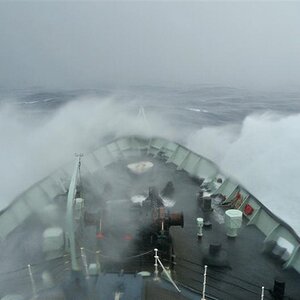Stormchase
No longer a newbie, moving up!
- Joined
- Oct 6, 2009
- Messages
- 1,191
- Reaction score
- 108
- Location
- Phoenix Arizona
- Can others edit my Photos
- Photos OK to edit
I have a question. I use the in camera function now and then. I set it to infinity with a 10 second gap at either 20 25 or 30 second exposures. Night timelapse.
Well it seems that around 250 exposures its shutting the camera down. At first I thought it was that battery but this last time I checked the battery just before it happened. Then I turned the camera off and back on and still had a couple bars. Plenty of storage room as well.
Anyone know what could cause this?
I read somewhere that you have to have an interval equal or greater then your exposure. That's a no go...
Any help would be great.
Thanks in advance.
Well it seems that around 250 exposures its shutting the camera down. At first I thought it was that battery but this last time I checked the battery just before it happened. Then I turned the camera off and back on and still had a couple bars. Plenty of storage room as well.
Anyone know what could cause this?
I read somewhere that you have to have an interval equal or greater then your exposure. That's a no go...
Any help would be great.
Thanks in advance.


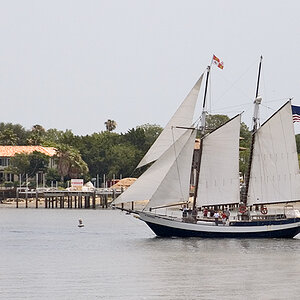
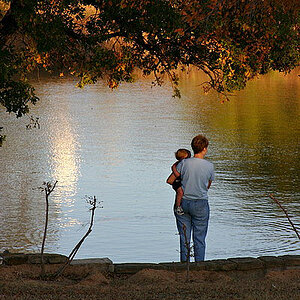
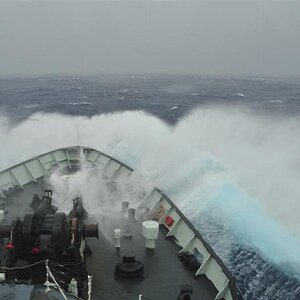
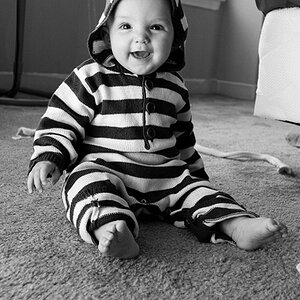

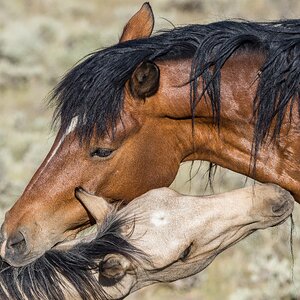
![[No title]](/data/xfmg/thumbnail/38/38264-552eb428d8a704186dcc43400f417d0f.jpg?1619738548)

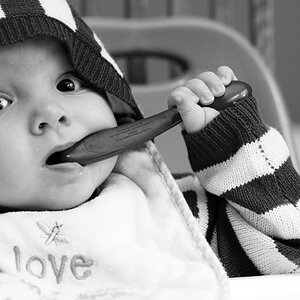
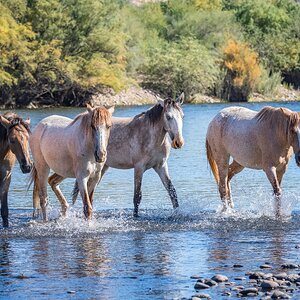
![[No title]](/data/xfmg/thumbnail/38/38263-ad5e4c9e677626ddb5b1e7cdf9ebe40e.jpg?1619738548)
